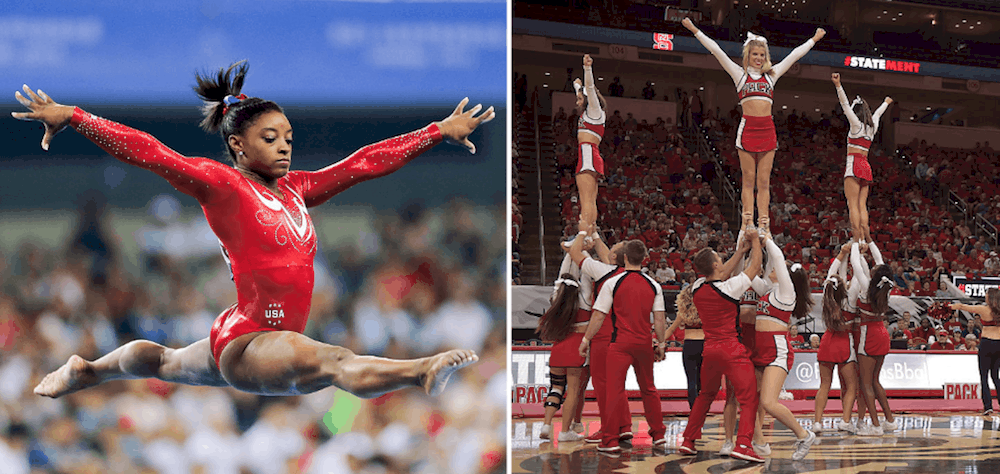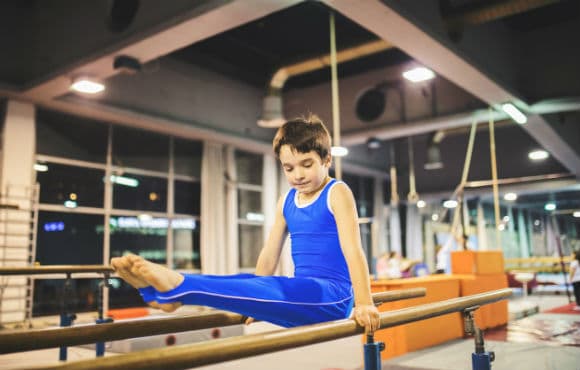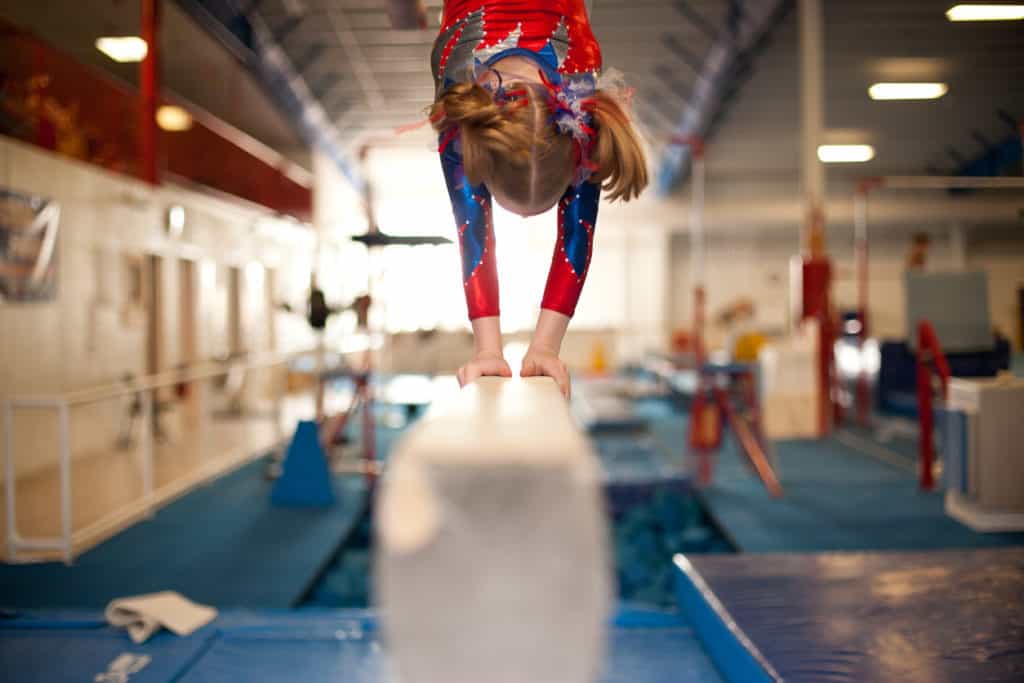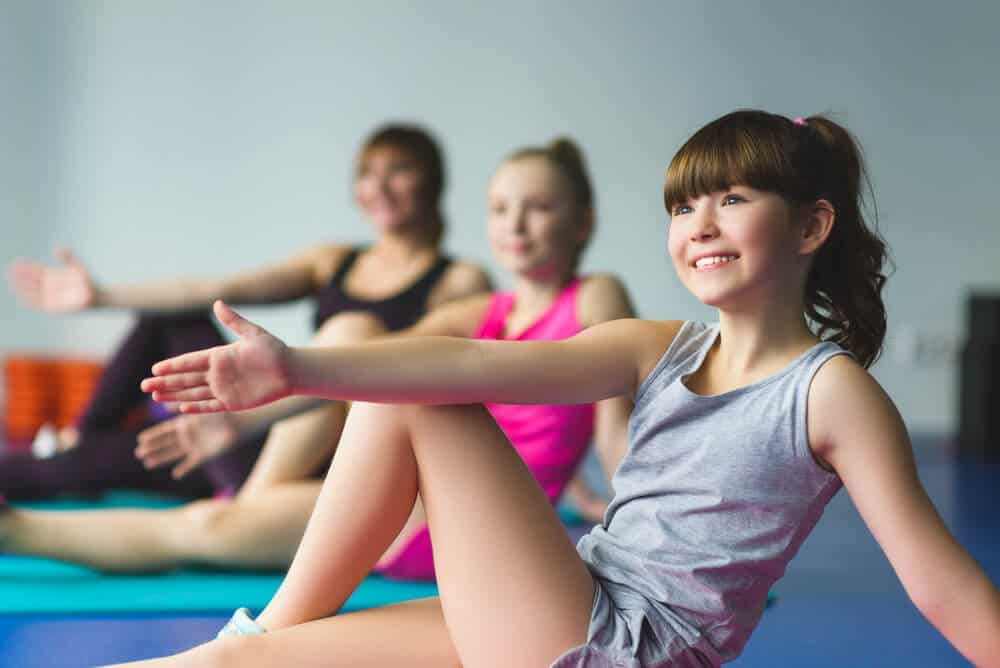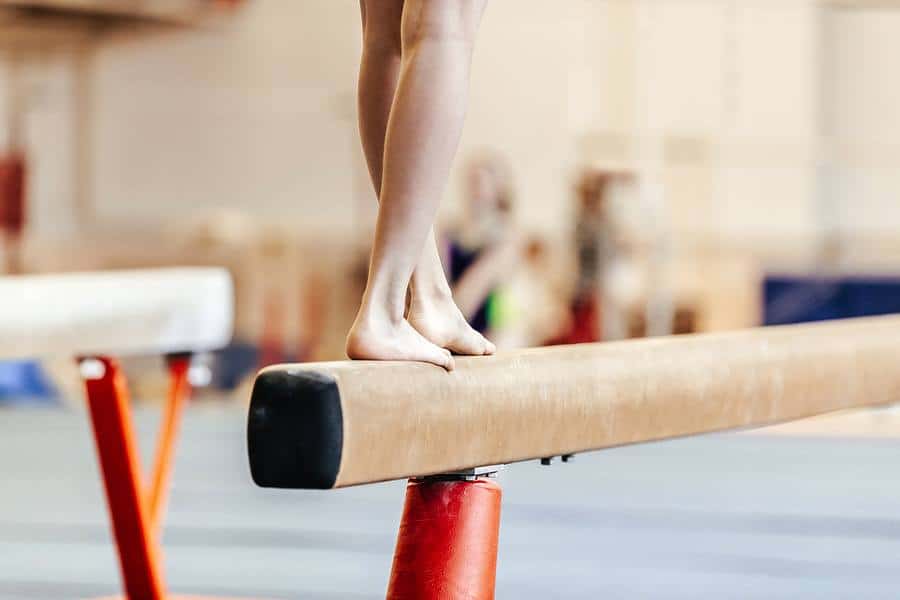Despite having heard these words before, it is possible that you are still unsure about the differences between them. Continue reading to find out what makes them different and which one is best for your child.
What’s gymnastics?
Gymnastics can be described as a broad term that encompasses many different disciplines. You are likely familiar with artistic gymnastics, which is the most common type of gymnastics.
Six events are for men and four for women in artistic gymnastics. These events are:
- Floor (men, women).
- Vault (men, women).
- Uneven bars (women).
- Balance beam (women).
- Pommel horse (men).
- Still rings (men).
- Parallel bars (men).
- The horizontal bar (men).
Gymnastics is not only about artistic gymnastics. It also includes many other disciplines such as:
- Rhythmic gymnastics.
- Trampolining.
- Acrobatic gymnastics
- Aerobic gymnastics.
- Tumbling.
You can see that tumbling is a discipline in gymnastics.
Gymnastics can also be described as a broad term that covers a wide range of movements and events.
As you may have guessed, all tumbling can be considered gymnastics. However, not all gymnastics can be called tumbling.
What are the benefits for children of gymnastics?
Gymnastics is more complex than tumbling so they require more skills. However, the specific discipline will determine what gymnastics looks like.
For artistic gymnastics, endurance may be more important than other types of gymnastics. However, trampolining or tumbling requires greater explosive strength.
Basic gymnastics training can help children develop these skills.
- Flexibility and coordination. Gymnastics requires coordination, agility, and flexibility because it involves complex movements. Gymnastics is a great way to teach children how to move and how to orient themselves in space.
- Power and strength. Although flexibility and coordination are the foundation of gymnastics, strength and power can be developed through gymnastic training. This is especially true for boys, who will be able to do difficult exercises like still rings and vaulting horses.
- Confidence. Gymnastic training for children is also based on confidence. It takes confidence to perform complicated and potentially dangerous movements. However, your child’s daily progress will likely increase their self-esteem and help them overcome challenges outside of gymnastics.
- Social skills. While not essential, social skills will be developed as your child interacts with coaches and peers. Your child will be able to transfer the skills they have acquired in social life early on into adulthood and help them establish themselves in their career path.
- Sportmanship. Children will learn to support each other and fight for their success.
- You must be a hard worker. Gymnastics can be a difficult sport. Gymnastics requires physical skill, but it can also be mentally demanding due to its complicated movements and constant improvement.
This is why gymnastics class can help children overcome daily hardships and teach them that hard work is necessary to succeed.
What’s tumbling?
Tumbling is a form of gymnastics that does not require any equipment or props. Tumbling is also known as floor gymnastics. Common moves include flips and somersaults. Tumbling can be seen in some of the floor routines in the Olympics, but it does not have the formal dance elements associated with rhythmic gymnastics. Tumbling is a common technique in some sports, such as cheerleading.
Some people attribute tumbling to its unique feature that it does not use any gymnastic equipment. Equipment like rings, bars, and pommel are used heavily in other gymnastics disciplines. For safety reasons, the only equipment in tumble is the sprung track.
This makes it easy to learn tumbling at home.
Tumbling is a discipline that requires more strength than other forms of gymnastics.
You’ve likely seen tumbling meets and noticed how quick and short the rounds are.
Gymnastic rounds are generally longer and more difficult on endurance than other activities.
What are the advantages of tumbling for children?
The skills gained in gymnastic training are transferred to tumbling. Tumbling, like other gymnastic events, places greater emphasis on explosive strength. Tumbling is also more difficult on coordination than other gymnastic events.
Gymnastic training is often required before you can tumble. Tumbling is often a prerequisite in most gyms for those who have completed gymnastic training. Tumbling is often started earlier than gymnastics because it requires more time to master.
Although tumbling is more precise than general gymnastics it encourages the development of the same skills. You will need to have excellent coordination, flexibility, strength, and coordination.
It builds self-esteem, social skills, sportsmanship, and daring.
What’s right for your child?
Gymnastics classes are a great way to get your child started if they are younger. Gymnastics classes are great for toddlers and young children. Our youngest classes are more focused on teaching children to listen and pay attention, while still allowing them to have fun and move around with gymnastics equipment.
As your child grows older and gets more proficient in class, you will be able to teach basic gymnastics moves such as walking on a beam and supporting one’s weight on a bar. You can also learn how to jump on and off of springboards and begin forward/backward rolls.
Tumbling requires more strength than basic gymnastics classes. Tumbling requires more strength and skill than basic gymnastics classes. We recommend that children be at least 12 years old before enrolling in tumbling classes. Tumbling classes are a great way to introduce your child to cheerleading.
Tips for Parents
Now that you know the differences between gymnastics, tumbling, and other disciplines, what discipline is right for your child’s needs?
Three main factors will be decisive, according to us:
- Your child’s age. You can start gymnastics as young as 2 years old, while tumbling should be begun at 5-6 years of age. It may vary depending on where you are training, as there might be age restrictions.
- Your child’s experience. Tumbling requires some gymnastic training. Gymnastics can be learned by anyone.
- You should listen to your child’s goals and wishes. You shouldn’t force your child to do anything if they want to do artistic gymnastics.
It’s also important to know that gymnastics is a great way to get started in other sports. Gymnastics is a great way for children to learn core skills that are useful in any sport. It requires strength, endurance, and flexibility.
Tumbling, on the other hand, is more precise and should not be considered a step after basic gymnastic training. However, it can be a career path since it is more focused than just gymnastics. This is true for all other gymnastics disciplines.
This is why we recommend that your child start gymnastics training as soon as possible, even if they are young. You can see their progress over time.
Tumbling is a great option for them, as it’s easy to go from gymnastics to tumbling. They may also want to play tennis or soccer, which will be a great option because their gymnastic skills can greatly assist them.
Even if your child isn’t interested in sports, they will benefit greatly from the social skills and confidence gained through gymnastic training.
You and your child can decide which class is best for them. We recommend that your child start gymnastics if they have never done it before. All new students are welcome to take free child begins classes. This is a great way for your child to discover what they like.
Remember that each child is unique once they start school. Some children learn basic gymnastics moves faster than others. Don’t compare your child with anyone else. To avoid injury, it is essential that your child learns the techniques at their own pace.
Gymnastics and tumbling are two sports involve flexibility and strength. Your child will need to learn these skills slowly.
F.A.Q.
Which Is Better Gymnastics or Tumbling?
Tumbling takes more strength and skill than basic gymnastics classes. … Tumbling classes can be a great way to introduce your child to cheerleading.
Is gymnastics harder than tumbling?
Tumbling is much more explosive than other forms of gymnastics. You’ve likely seen tumbling meets and noticed how quick and short the tumbling rounds can be.

